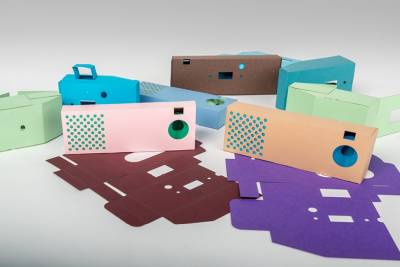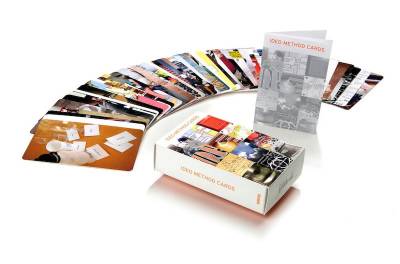Why a(other) toolkit?
Version française : FR
Many things have been written about design toolboxes, available in many versions. So what are the inspirations of the AYCH Wiki? What is the model that emerges from the AYCH programme? What are we doing differently?
We aim at having a critical look at these different methods and tools in order to build up a specific AYCH Toolbox for and by its participants and stakeholders, but that can also be useful and transferable to other contexts and latitudes.
Next, there is a little tour of different practices that caught our attention. It is simply a presentation of a method and its tools with often a particular context of application. They take the form of a website with resources in .pdf (user manual and sheets and contents to print). They have been a source of inspiration but they have also shown us some paths not to follow.
Some examples : open source toolkits and design methodologies
- The Circular Design Guide , meeting between the firm IDEO and the Ellen MacArthur Foundation. It is an application of Design Thinking to the circular economy. As often, we find a global schema describing the method, resources to apply this method, case studies.
- The Collective Action Tool Kit (pdf here) is for an audience non-professional, typically NGOs. It is not linear but proposes a series of activities synthesized in a notebook. Other link right here. By the firm frog.
- Design Thinking for Educator by IDEO, a toolkit for primary school teachers, with as often a schema of the method and a notebook in pdf.
- Design Kit: The Human-Centered Design Toolkit , project from IDEO.org, the “non-profit” of the IDEO firm: “At IDEO.org, we design products, services, and experiences to improve the lives of people in poor and vulnerable communities.” The site in him -Even presents the method and tools specific to user-centered design (note: almost the same as D.thinking), case study and proposes different types of resource):
- The traditional pdf summary available in several languages
- Links to online courses, in partnership with Acumen +. There is a general course and thematic courses to become a facilitator or to learn how to prototype.
- A card game that you can buy on Kickstarter and that synthesizes all the tools of user centered design
- Sustainability index : we followed the URBACT index of sustainability https://urbact.eu/le-programme-urbact, but we simplified the index, using the HQVS MATRIX developed by Entreprises, territoires et innovations chair. See there.
School doing school
Principle of an institution of higher education which communicates in a totally open way on its methods, its practices and its tools and which aim at their dissemination. here is an example :
- The d.school of Stanford University is open to his students (the “ class”) but also to a wider audience (the “ programs”). The set of “ resources” (tools, how-to, workshop guideline) is under Creative Commons Attribution-NonCommercial. There are even two musical playlists! As well as a online course.
Thoughts: how we design the wiki
A website with .pdf resources implies that the user(s) is sufficiently autonomous. Users can be people who want to learn or develop a project or people who want to use the methods and tools of D.thinking (or other) in a broader context (project management, teaching, etc.).
We are not convinced that this is suitable for many people: person-to-person transmission is essential in this type of initiative. For instance, the “fall” of Mooc for lack of human commitment shows the importance of the mediator's role. Put it simply: can you imagine a fablab without a fab manager? without a facilitator and with only the machines and documents to use them?. This wiki should be augmented with case studies, and training should be given by specialists. We can deliver the wiki & support the hubs to train them on tools.
Tangible tools
“Physical” tools designed specifically for creative project creation / design.
Some examples
- The Probetools, by Interaction Research Studio of the University of London, are cameras and dictaphones designed for user searches. Developing cultural probes by Gaver, Dunne and Pacenti. (read here also).
 —-
—-
The deck of cards / board
- This format is very popular in creativity tools, especially as ideation tools , a quick overview to be developed:
Some examples
- IDEO Method cards is a card game without really being one (there are no rules). The card game aspect appears here as a playful way and easy to relate to. It should be seen more as a synthesis of the D.thinking user search * presenting tools according to four categories (“learn”, “look”, “ask”, “try”). Each card develops the how and why of the tool, with a visual on the back. It can be purchased there or downloaded right here.




